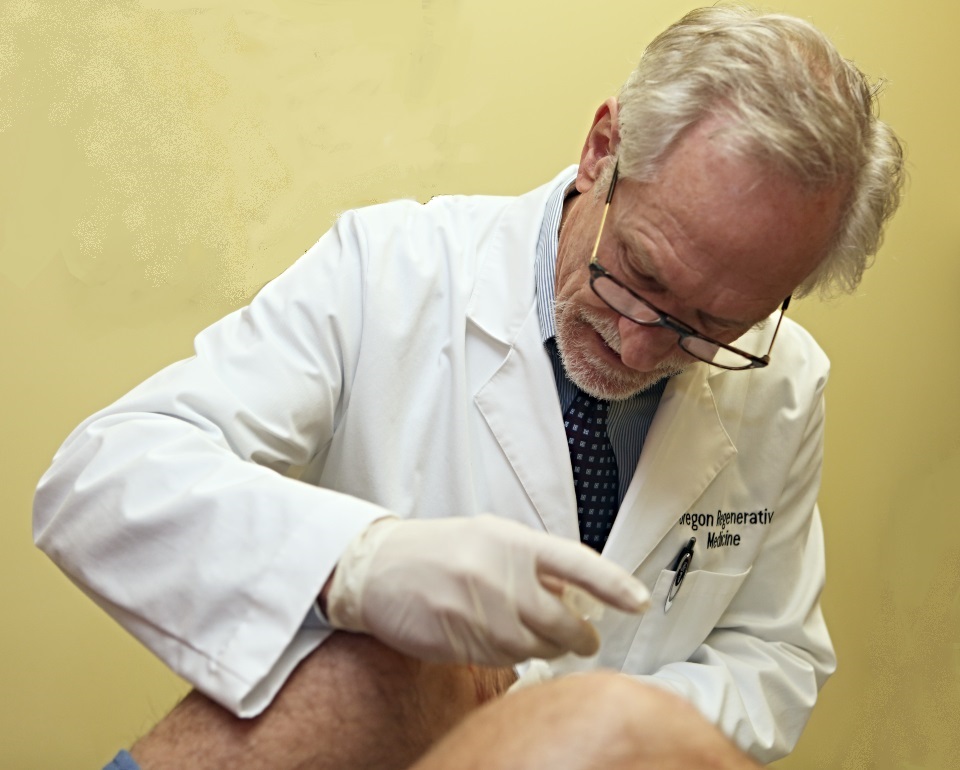Osteoarthritis of the knee is a worrisome problem for millions of Americans, and the pharmaceutical giants know it. While effective non-drug and non-surgical treatments for knee pain like Prolotherapy and Platelet Rich Plasma PRP get little media attention, multiple billions are spent advertising drugs on television, radio, magazine, newspapers and medical journals. They feature the sweet smiles of “arthritic” actors freed from the jaws of their pain, doing Tai Chi and playing ball again with their grandchildren, saved by non-steroidal anti-inflammatory drugs (NSAIDs) like Celebrex, Vioxx, ibuprofen, and Naproxin.
Doctors themselves have been seduced by these multibillion-dollar advertising blitzes, and have long advocated NSAIDs or injected cortisone to control pain. When that is not enough, doctors perform arthroscopic surgery. But according to recent studies published in the New England Journal of Medicine and the British Medical Journal, none of these drug and surgical treatments really work! In fact, they often do more harm than good and cause multiple side effects.
To understand why they don’t work, and why Prolotherapy, PRP, and nutrition are a better choice, one only needs to compare the mechanism of osteoarthritis to the mechanism of NSAIDs, cortisone, and surgery:
Osteoarthritis (OA) is caused by the gradual wear-and-tear of joint cartilage. OA happens whenever the joint’s ability to repair itself is outpaced by the rate of joint injury. When the conditions are right, OA of the knee can happen at any age and any level of activity. I have teenage patients with OA, and patients in their 80’s without OA.
If not treated properly, both wear-and-tear and trauma to the knee can set in motion ever advancing degenerative changes in the knee. Why? To be successful, healing requires a specific inflammatory response. This healing response is dependent on the migration of the body’s repair cells, called fibroblasts, to the injured area where they remove damaged cells and lay down new cells. Anti-inflammatory drugs like steroid injections, NSAIDs, and COX2 drugs stop this necessary phase of injury repair. And in long-term use, they are all toxic to cartilage and connective tissue. These drugs arrest the body’s healing reaction, inhibiting the migration of fibroblasts into the injury, and turn-off the growth of new cartilage. Remember, no inflammation, no repair.
What about NSAIDs for pain? In fact, multiple studies conclude that NSAIDs and COX2 drugs offer insignificant pain control, and their side effects are not worth the risk of osteoarthritis. The November 30, 2004, online issue of The British Medical Journal reported on an analysis of 23 randomized trials of NSAIDs, including drug company sponsored studies, in the treatment of osteoarthritis of the knee. They found only a temporary 15% reduction in pain, and no improvement in function in 7,807 patients using NSAIDs, even at the highest (and most dangerous) doses. Due to the long-term harm and lack of demonstrated benefit, these investigators recommend against the long-term use of NSAIDs for OA.
For osteoarthritis, Prolotherapy, PRP, and nutrition work better because they enhance our natural repair response. How? The healing response is dependent on the migration of the body’s repair cells, called fibroblasts, to Prolotherapy stimulates the migration of the body’s fibroblasts to the injured area where they remove damaged cells and lay down new collagen. The prolotherapy solution also includes injections of glucosamine sulfate, which builds cartilage.
Platelet Rich Plasma, or PRP prolo, contains over five different concentrated growth factors that have been identified as necessary for this healing response. By injecting these PRP growth factors directly into the damaged tissue, the body’s own wound healing response is triggered again and again, until the tissue is repaired.

What about arthroscopic knee surgery? The definitive double-blind study on surgery for OA of the knee was performed by Dr. J. Bruce Moseley and his team at Baylor College of Medicine and the Houston Veterans Affairs Medical Center and published July 11, 2002, in the New England Journal of Medicine. Dr. Moseley studied a total of 180 patients with osteoarthritis of the knee that were randomly assigned to receive arthroscopic débridement, arthroscopic lavage, or placebo surgery. Patients in the placebo group received skin incisions and underwent a simulated débridement without insertion of the arthroscope. Outcomes were assessed at multiple points over a 24-month period with the use of five self-reported scores – three on scales for pain and two on scales for function – and one objective test of walking and stair climbing.
“Arthroscopic knee surgery has been proven to have no measurable benefit in OA of the knee!”
At no time in the 2-year follow-up did either of the intervention groups report less pain or better function than the placebo group. Moseley concluded that “in this controlled trial involving patients with osteoarthritis of the knee, the outcomes after arthroscopic lavage or arthroscopic débridement were no better than those after a placebo procedure”. A followup 2008 study confirmed that there was no long-term benefit for chronic pain, above medication and exercise.
Another common reason for arthroscopy is to repair or trim a painful and torn or damaged meniscus. In a 2011 study in the New England Journal of Medicine, it was reported that about 60% of these tears cause no pain at all and are found in at least 30% of asymptomatic subjects with no knee pain. Since these studies were published, this surgery continues to be performed on over 650,000 knees in the US at a combined cost of over $5.2 billion a year even though surgery has been proven to have no measurable benefit in OA of the knee, and only slightly measurable benefit in less than 30% of those with a torn meniscus!
In patients with painfully torn meniscus, I have found PRP prolotherapy to be effective in restoring pain-free joint function in over 2/3 of those treated.
What are the alternatives to drugs and surgery for arthritis? First, take good care of your knees by following a nutritious diet and regular exercise. Strong leg muscles enhance knee joint stability. To be stable, a joint requires strong muscles for support. Weak muscles = weak joints. When muscles are weak the joint is lax and moves in a sloppy manner, enhancing friction and wear much like the way a sloppy wheel bearing overheats and wears out. When the muscles support the joint, it glides smoothly and cleanly.
Second, if you have knee pain, avoid drugs and don’t let anyone inject cortisone into your knee.
Third, seek treatments that build your cartilage and strengthen the knees. Let us help you recover function and vanquish pain with our cost-effective osteoarthritis protocol that provides specific nutrition, focused exercises, physical therapy and joint-building injections of glucosamine, chondroitin, Prolotherapy, and PRP.
Topics on this page: Knee pain|arthritis|prolotherapy|PRP non-surgical knee repair|Portland



